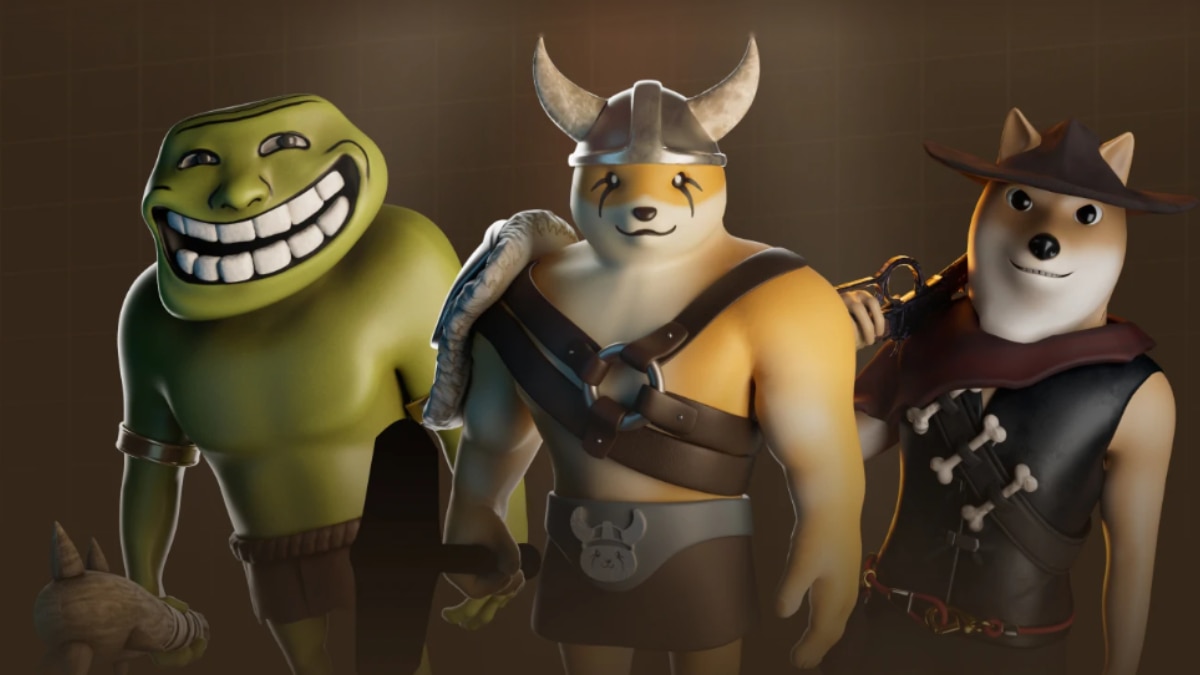
WHAT looks like a grisly, sun-scorched human face has been found half-buried in the sand on Mars by Nasa's Perseverance rover. An image taken by the rover in September shows a sandy face with a large brow bone, nostrils and a sad-sloping mouth. 4 Although it may look like the remains of a decapitated head, it is actually a rock Credit: NASA 4 Experts believe the face is just another hunk of sedimentary sandstone, a leftover from the planet's water-rich past Credit: NASA 4 In 1976, the face pareidolia phenomena birthed the famous 'Face on Mars' image, taken by the American Viking 1 Orbiter Credit: Alamy Although it may look like the remains of a decapitated head, it is actually a rock.
Experts believe the face is just another hunk of sedimentary sandstone, a leftover from the planet's water-rich past. It's unusual shape suggestions it was affected by water erosion when rivers used to flow on the Martian surface roughly 3.8billion years ago.
The rock has triggered a psychological phenomenon called face pareidolia. READ MORE ON MARS SPACED OUT Are Aliens living under ICE on Mars? Experts reveal why they may be hiding there Face pareidolia is the tendency to see human facial features in inanimate, or lifeless objects. In 1976, the same phenomena birthed the famous 'Face on Mars' image, taken by the American Viking 1 Orbiter.
At the time, Nasa released a statement saying one of several Martian formations in the Cydonia region "resembles a human head". It was merely an optical illusion caused by the way sunlight hit the formations, resulting in shadows that gave impressions of eyes and a mouth. Most read in Science FESTIVE SPIRIT Bargain chain with 800 branches to close ALL stores on Boxing Day BRAVE FACE Liam Payne's heartbroken girlfriend Kate Cassidy is seen with pals in Florida 'BILL DODGE' Scots restaurant releases CCTV of dine & dashers 'who fled during smoke break' STORM DIVERSION Scots easyJet flight forced to divert as Storm Ashley batters UK 4 Perseverance found the rock on a flat sandy plane above the deep sloping sides of the 1,000metre-deep crater in August Credit: SWNS 'Zebra rock' Nasa has been exploring Mars from afar for decades.
The Red Planet is blanketed with sand, rocks, ice, dust, clouds, craters and holes. Mars Rock Samples- The Stories They Could Tell Scientists at Nasa Every so often, bizarre discoveries like a mysterious "doorway" or "spaghetti monster" will take the internet by storm - before quickly being debunked by experts. Yet, one recent rocky discovery has caused intrigue, with the US space agency stating it is "unlike any" debris seen on Mars before.
The object of this fascination is a black and white striped rock, dubbed 'Freya Castle' or "zebra rock". The loose stone was found in the Jezero Crater, where scientists believe they have the best chance of finding remnants of ancient alien life. Perseverance, which has been roaming Mars since July 2020, found the rock on a flat sandy plane above the deep sloping sides of the 1,000metre-deep crater in August.
The Jezero Crater is thought to be what's left of an ancient lake. "While driving across unremarkable pebbly terrain, beady-eyed team members spotted a cobble in the distance with hints of an unusual texture in low resolution Navcam images, and gave it the name ‘Freya Castle’," Nasa wrote in a statement. The team planned a multispectral observation, a picture that shows beyond what the human eye can see, including infrared and ultraviolet light, using the Mastcam-Z camera.
"When these data were downlinked a couple days later, after Perseverance had already left the area, it became clear just how unusual it was," Nasa added. "The internet immediately lit up with speculation about what this “zebra rock” might be, and we’ve enjoyed reading your theories!" The stone, about 20cm in size, is unlikely to have originated from the area in which it was found, with experts suggesting it could have rolled downhill from a source higher up. Read more on the Scottish Sun 'TELLS YOU EVERYTHING' Leon Balogun's post-match revelation leaves Rangers fans concerned 'BILL DODGE' Scots restaurant releases CCTV of dine & dashers 'who fled during smoke break' "This possibility has us excited, and we hope that as we continue to drive uphill, Perseverance will encounter an outcrop of this new rock type so that more detailed measurements can be acquired," the team concluded.
"Could these be our first glimpses at ancient rocks uplifted from depth by the Jezero impact, now exposed on the crater rim? Only time will tell...
" Mars facts Here's what you need to know about the red planet...
Mars is the fourth planet from the Sun It is named after the Roman god of war The landmass of Mars is very similar to Earth but due to the difference in gravity you could jump three times higher there than you can here Mars is mountainous and hosts the tallest mountain known in the Solar System called Olympus Mons, which is three times higher than Everest Mars is considered to be the second most habitable planet after Earth It takes the planet 687 Earth days to orbit the Sun The planet has a diameter of 4,212 miles, and has an average distance from Earth of 140 million miles Martian temperatures can vary wildly, reaching as high as 70F/20C or as low as -225F/-153C.














